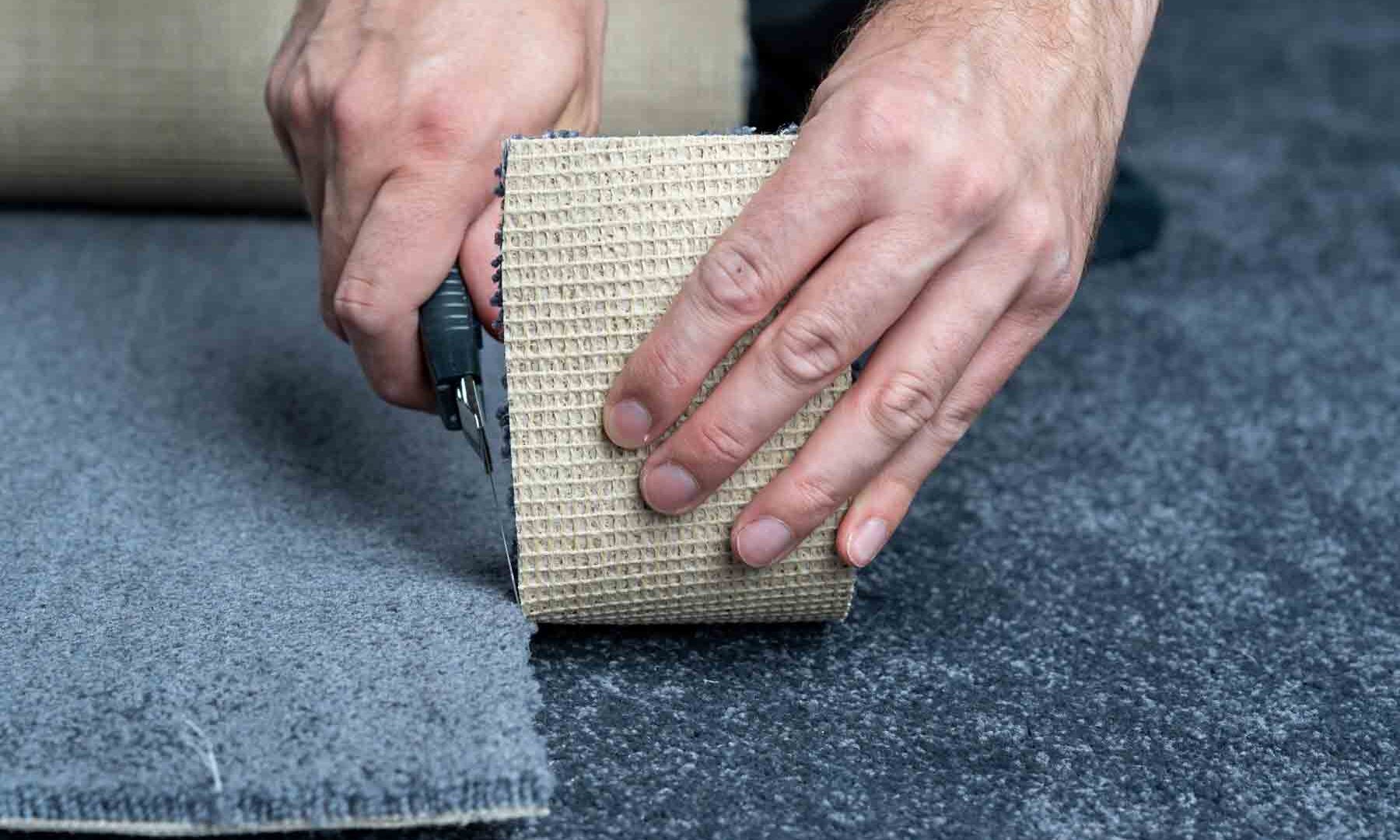Carpets add warmth and comfort to our homes, but they can also suffer from wear and tear over time. Whether it’s a stubborn stain, a burn mark, or a tear, knowing how to repair your carpet can save you money and extend its life. In this comprehensive guide, we’ll explore the best methods for carpet repairs, ensuring your floors look as good as new.
1. Assessing the Damage
Before diving into repairs, it’s crucial to assess the extent of the damage. Small stains or burns can often be fixed with simple DIY methods, while larger tears or extensive damage might require professional help. Evaluate the size, location, and type of damage to determine the best repair approach.
2. Tools and Materials Needed
Having the right tools and materials is essential for effective carpet repairs. Here’s a list of common items you’ll need:
- Carpet adhesive or double-sided tape
- Carpet patches or remnants
- Utility knife or carpet cutter
- Seam roller or carpet comb
- Measuring tape
- Marker or chalk
3. Patching Small Holes and Burns
For small holes or burn marks, carpet patching is an effective solution. Follow these steps:
- Cut out the damaged area: Use a utility knife to carefully cut out the damaged section.
- Prepare the patch: Cut a piece of carpet from a remnant or an inconspicuous area, ensuring it matches the damaged section.
- Apply adhesive: Place carpet adhesive or double-sided tape on the back of the patch.
- Insert the patch: Fit the patch into the cut-out area, pressing down firmly.
- Blend the fibers: Use a seam roller or carpet comb to blend the fibers and make the repair less noticeable.
4. Fixing Carpet Seams
Carpet seams can sometimes come apart, creating unsightly gaps. Here’s how to fix them:
- Lift the carpet edges: Gently lift the edges of the carpet along the seam.
- Apply seam adhesive: Apply a bead of carpet seam adhesive along the edges.
- Press the seam together: Press the edges together and use a seam roller to ensure a tight bond.
- Allow to dry: Let the adhesive dry completely before walking on the repaired area.
5. Repairing Carpet Tears
Tears in the carpet can be tricky but manageable with the right approach:
- Trim the edges: Use a utility knife to trim any frayed edges around the tear.
- Apply carpet tape: Place carpet tape under the tear, ensuring it extends beyond the edges.
- Press the tear together: Press the edges of the tear together, securing them with the tape.
- Blend the fibers: Use a carpet comb to blend the fibers and hide the repair.
6. Dealing with Stubborn Stains
Stains can be a common issue with carpets. Here’s how to tackle them:
- Blot the stain: Use a clean cloth to blot the stain, avoiding rubbing which can spread it.
- Apply a cleaning solution: Use a carpet cleaner or a mixture of water and mild detergent.
- Blot again: Blot the area with a clean cloth to lift the stain.
- Rinse and dry: Rinse with water and blot dry. Repeat if necessary.
7. Stretching Loose Carpet
Loose carpet can create wrinkles and trip hazards. Stretching the carpet can fix this:
- Clear the area: Remove furniture and other items from the room.
- Use a carpet stretcher: Rent or purchase a carpet stretcher to pull the carpet tight.
- Trim excess carpet: Trim any excess carpet along the edges.
- Secure the edges: Use a knee kicker to secure the carpet along the edges.
8. Professional Carpet Repairs
For extensive damage or complex repairs, hiring a professional might be the best option. Professionals have the tools and expertise to handle large tears, extensive stains, and other significant issues.
9. Preventive Measures
Preventing damage is always better than repairing it. Here are some tips to keep your carpet in good condition:
- Use rugs and mats: Place rugs and mats in high-traffic areas to reduce wear.
- Clean spills immediately: Address spills and stains as soon as they occur.
- Regular vacuuming: Vacuum regularly to remove dirt and debris that can damage carpet fibers.
- Professional cleaning: Schedule professional carpet cleaning annually to maintain its appearance and longevity.
10. Conclusion
Carpet repairs can seem daunting, but with the right methods and tools, you can tackle most issues yourself. From patching small holes to fixing seams and dealing with stains, these techniques will help you keep your carpet looking its best. Remember, for extensive damage, don’t hesitate to seek professional help. By taking preventive measures and addressing issues promptly, you can extend the life of your carpet and keep your home looking beautiful.




